You can learn more about SALSA® MLPA® by using our free e-learning modules or by viewing our instruction videos. You can also join one of our (virtual) workshops or webinars.
Note
If you are new to MLPA we recommend checking out our
getting started guide first, as this lists the most important educational resources in a recommended order.
(Virtual) workshops and webinars
We regularly host (virtual) workshops and webinars that put the spotlight on our technologies or on specific applications, or that help you learn about topics such as data analysis. An overview of currently scheduled educational events and of recordings available for on-demand viewing can be found in our events overview.
General instruction videos
All of our general instructions videos can be found in the General Instruction Videos category. The currently available videos are listed below.
How does MLPA work?
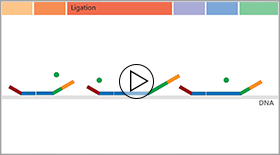 This animation explains how the MLPA technique works.
This animation explains how the MLPA technique works.
How to perform an MLPA reaction
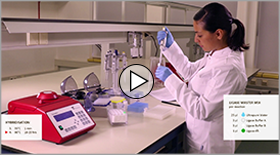 This video teaches you how to perform an MLPA reaction in the lab.
This video teaches you how to perform an MLPA reaction in the lab.
E-learning modules
All of our e-learning modules can be found in the E-learning Modules category. The currently available modules are listed below.
MLPA quality control fragments
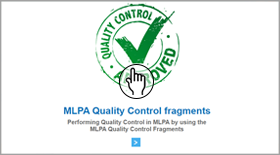 Learn how to use the Quality Control fragments to assess the quality of your MLPA experiments. Available in English and German.
Learn how to use the Quality Control fragments to assess the quality of your MLPA experiments. Available in English and German.
MLPA data normalisation and probe ratio calculation
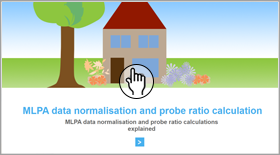 Learn how MLPA data normalisation and probe ratio calculations work.
Learn how MLPA data normalisation and probe ratio calculations work.
MLPA result interpretation in Coffalyser.Net
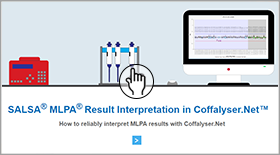 Learn which criteria you can apply to determine the reliability of MLPA results.
Learn which criteria you can apply to determine the reliability of MLPA results.
Coffalyser.Net instruction videos
All of our Coffalyser.Net™ instructions videos can be found in the Coffalyser.Net Instruction Videos category. The currently available videos are listed below.
How to perform SALSA MLPA data analysis for copy number determination
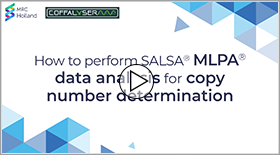 This video shows you how to import and analyse MLPA data using Coffalyser.Net.
This video shows you how to import and analyse MLPA data using Coffalyser.Net.
How to analyse SALSA MS-MLPA data
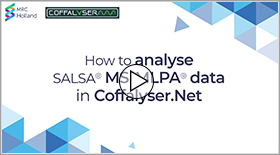 This video shows you how to import and analyse MS-MLPA data using Coffalyser.Net.
This video shows you how to import and analyse MS-MLPA data using Coffalyser.Net.
How do I add a CE device?
 This video shows you how to add a capillary electrophoresis (CE) device to Coffalyser.Net.
This video shows you how to add a capillary electrophoresis (CE) device to Coffalyser.Net.
How to add sheets to the sheet library
 This video shows you how to add Coffalyser.Net sheets to the sheet library in Coffalyser.Net.
This video shows you how to add Coffalyser.Net sheets to the sheet library in Coffalyser.Net.
How to create a manual bin set
 This video shows you how to create a manual bin set in Coffalyser.Net.
This video shows you how to create a manual bin set in Coffalyser.Net.
Other instruction videos
Instruction videos about other topics are listed below.
How to anonymise your MLPA data with the MLPA Sample Anonymiser Support Tool
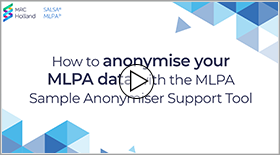 This video shows you how to anonymise MLPA data using our free MLPA Sample Anonymiser Support Tool.
This video shows you how to anonymise MLPA data using our free MLPA Sample Anonymiser Support Tool.
Disclaimer
The information provided in this material is correct for the majority of our products. For certain applications, the instructions for use may differ. In the event of conflicting information, the relevant instructions for use take precedence.










